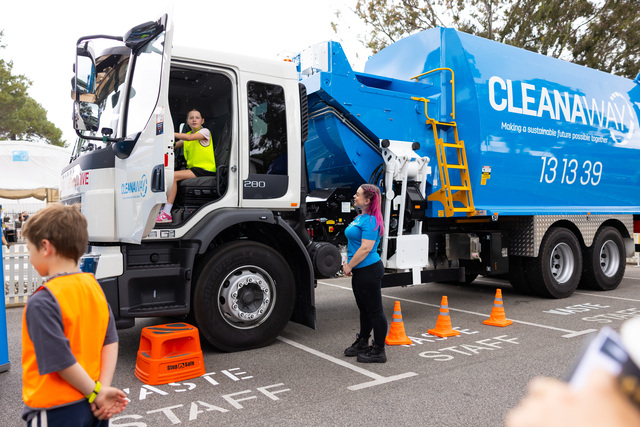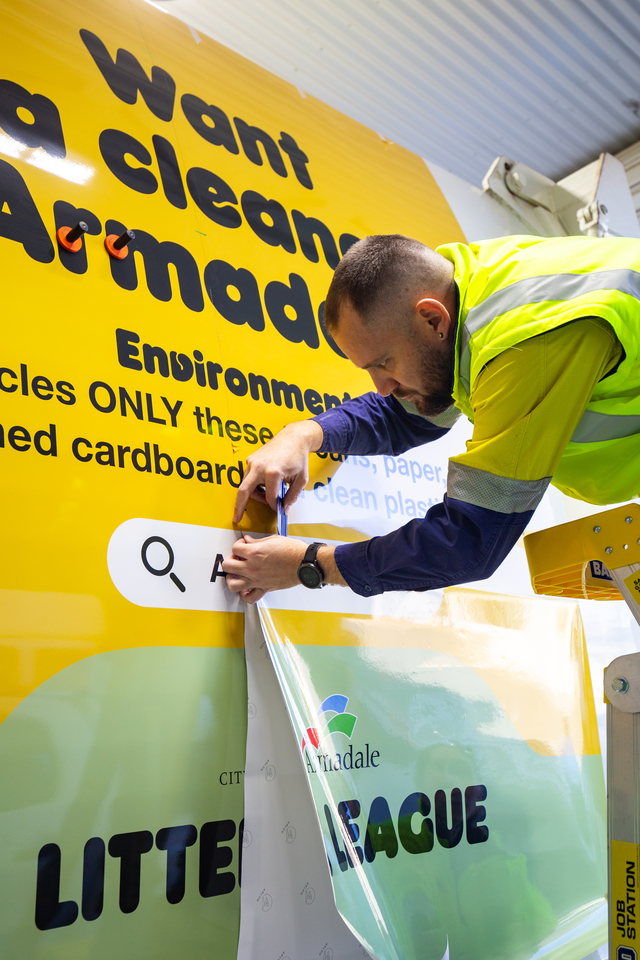New online disaster dashboards will provide real-time information to help residents and visitors to the Lismore, Richmond Valley and Kyogle areas of New South Wales, be aware of, prepare for and respond to local emergencies.
From road conditions and closures, to power outages and river heights, the disaster dashboards were designed as a one-stop-shop for disaster events, providing links to emergency news and contacts as well as a direct feed from the Bureau of Meteorology’s weather warnings.
The Northern Rivers Joint Organisation (NRJO) successfully secured funding for the disaster dashboards through Stream 2 of the Bushfire Community Recovery and Resilience fund, which is facilitated through the joint Commonwealth-State Disaster Recovery Funding Arrangements.
NRJO Chair, Councillor Danielle Mulholland said the grant meant all six councils within the NRJO would soon feature a disaster dashboard on their websites.
Richmond Valley Council’s Recovery Manager, Kelly Moroney said the disaster dashboards were an essential source of information in emergency events.
“Over the past 18 months, our resilience has been mightily tested by drought, bushfires, flooding rains and the COVID pandemic.”
Lismore City Council Local Emergency Management Officer, Scott Turner said it was only natural for people to experience stress during a flood or other disaster and the new disaster dashboards would help communities better access information during times of natural disasters.
“The disaster dashboards are an online warehouse of real-time, local emergency information supported by Resilience NSW’s Regional Disaster Preparedness Program and rolled out to 27 councils across the State, including Lismore, Richmond Valley and Kyogle councils.”
Kyogle Council Local Emergency Management Officer, Tony Lickiss said the amount of real-time data available on the dashboards would help ensure that residents focus on the right things before and during a disaster.
“Delivering real-time, actionable information on current conditions, emergency orders, and disruptions allows everyone to have shared situational awareness to do their part and work collectively to resolve the crisis as quickly as possible.”
The Regional Disaster Preparedness Program, coordinated by Resilience NSW, works with local governments to build their knowledge of disaster risks and ability to respond in an emergency.







